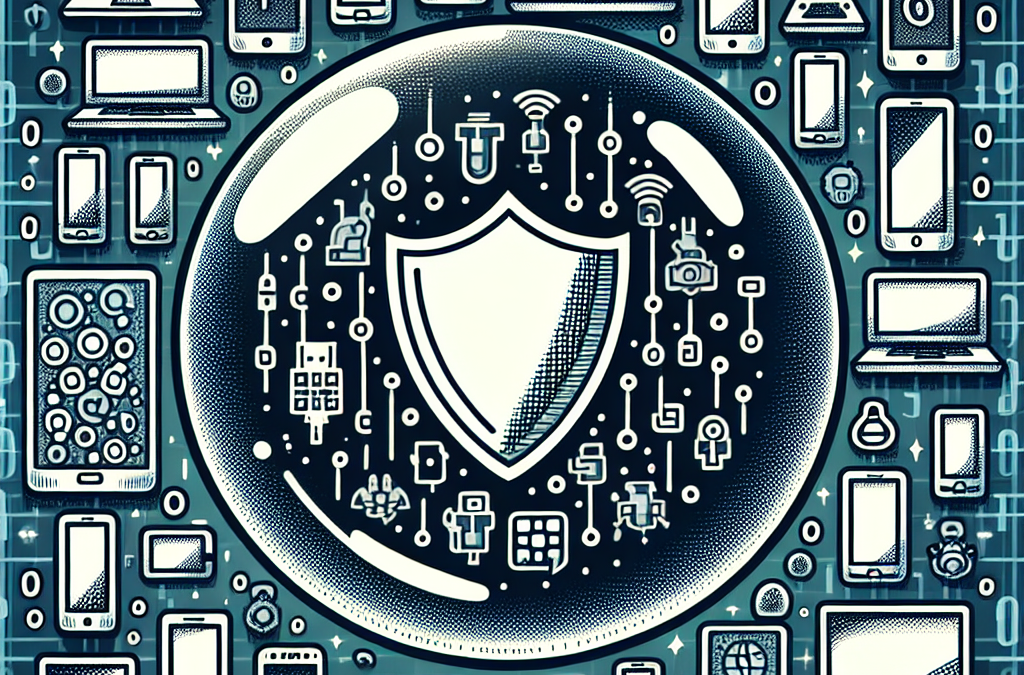
Navigating the Cyber Landscape: Best Practices for Small Businesses
May 28, 2025
Protecting Your Digital Identity: Cybersecurity Best Practices You Need to Know
May 28, 2025
In today’s digital world, our lives are intertwined with technology. From online banking and shopping to social interactions and remote work, we rely heavily on the internet. However, this convenience comes with risks, and maintaining good cyber hygiene has never been more crucial. Just as we practice personal hygiene to stay healthy, adopting cyber hygiene practices is essential for safeguarding our digital lives. Here are some simple best practices for ensuring everyday online safety.
1. Use Strong Passwords
Creating robust, complex passwords is your first line of defense against cyber threats. Passwords should be at least 12 characters long and include a mix of uppercase and lowercase letters, numbers, and special symbols. Avoid using easily guessable information, such as birthdays or names. Consider using a password manager to generate and store unique passwords for different accounts securely.
Tip:
Enable multi-factor authentication (MFA) wherever possible. This adds an extra layer of security by requiring additional verification beyond just your password.
2. Keep Software Updated
Software developers regularly release updates to patch security vulnerabilities. Ensure that your operating system, applications, and antivirus software are up to date. Activate automatic updates where available to stay protected against the latest threats.
Tip:
Regularly check for updates on all devices, including smartphones, tablets, and home IoT devices.
3. Be Wary of Phishing Attempts
Phishing scams are becoming increasingly sophisticated, often masquerading as legitimate emails or messages from trusted sources. Always scrutinize the sender’s email address and look for grammatical errors or suspicious links. Avoid clicking on links in unsolicited emails and remember that legitimate organizations will never ask for sensitive personal information through email.
Tip:
Use hover-over techniques to inspect links without clicking and report any suspicious emails.
4. Secure Your Wi-Fi Network
An unsecured Wi-Fi network is an open invitation for cybercriminals. Make sure your home Wi-Fi is password-protected and use WPA3 encryption if available. Change the default network name and password provided by the manufacturer to something more unique.
Tip:
Regularly check connected devices and consider disabling guest access if it’s not necessary.
5. Be Cautious with Public Wi-Fi
Using public Wi-Fi networks can expose you to security risks. Avoid accessing sensitive information or conducting financial transactions over public networks. If you need to use public Wi-Fi, consider using a Virtual Private Network (VPN) for an extra layer of security.
Tip:
Turn off file sharing and use your mobile data for sensitive tasks when possible.
6. Regularly Back Up Your Data
Data loss can occur due to hardware failures, cyber attacks, or accidental deletions. Regularly back up your important files to an external hard drive or a cloud service. Ensure that backups are conducted routinely and store them securely.
Tip:
Test your backups periodically to ensure that they can be restored successfully.
7. Educate Yourself and Others
Stay informed about the latest cyber threats and trends. Awareness is key to prevention. Participate in cybersecurity training if available through your workplace, and share knowledge with family and friends to help them improve their cyber hygiene as well.
Tip:
Encourage discussions about online safety and share resources on how to recognize potential threats.
8. Limit Personal Information Sharing Online
Be mindful of how much personal information you share on social media and other online platforms. Cybercriminals can use this data for identity theft or social engineering attacks. Adjust your privacy settings on social media accounts to limit who can view your information.
Tip:
Regularly review your friend and follower lists and remove connections that no longer serve a purpose.
9. Monitor Your Online Presence
Regularly check your online presence by searching for your name and reviewing public information about you. This can help you understand what others see and allow you to take action if any inaccurate or sensitive information appears.
Tip:
Set up Google Alerts for your name to be notified of any new mentions.
Conclusion
Maintaining good cyber hygiene is not just for tech enthusiasts or businesses—it’s essential for everyone in our increasingly digital world. By adopting these simple best practices, you can significantly enhance your online security and protect yourself from potential threats. Remember, cyber safety is an ongoing commitment; regular evaluations of your habits and practices are necessary to stay one step ahead of cybercriminals. Take charge of your digital life today!







